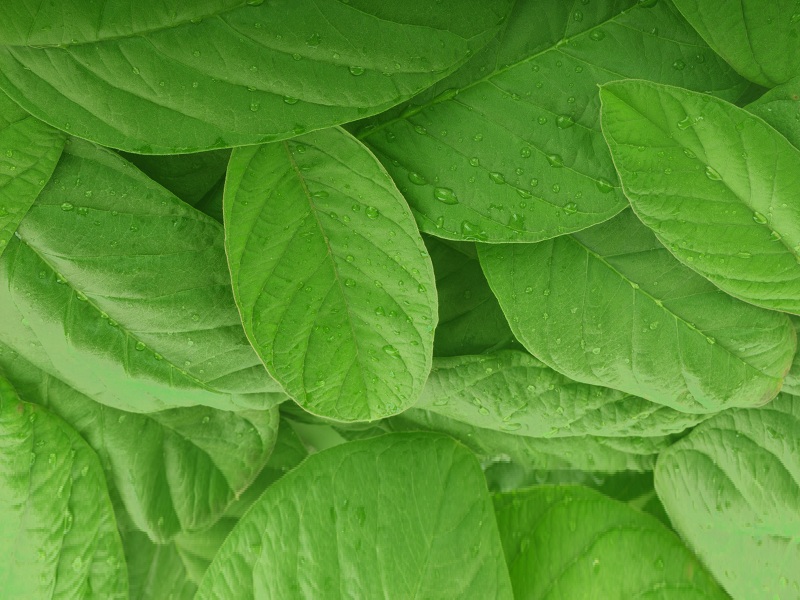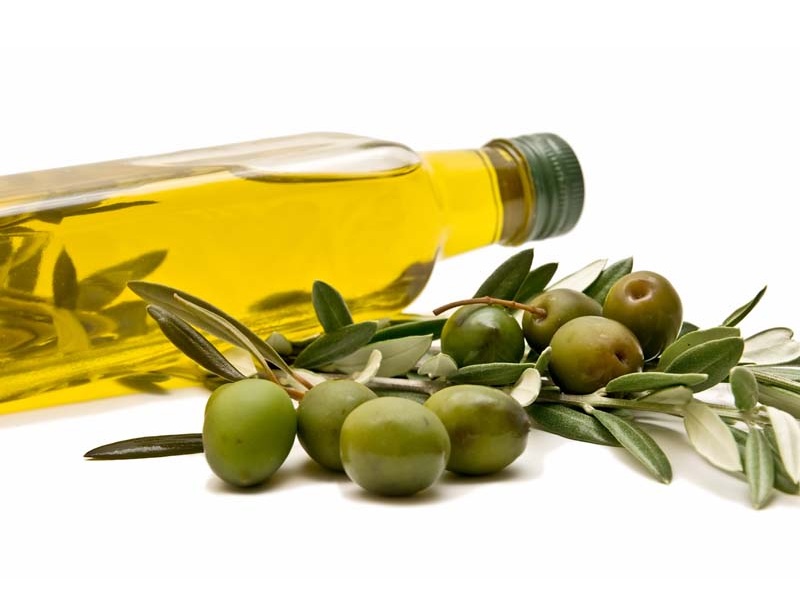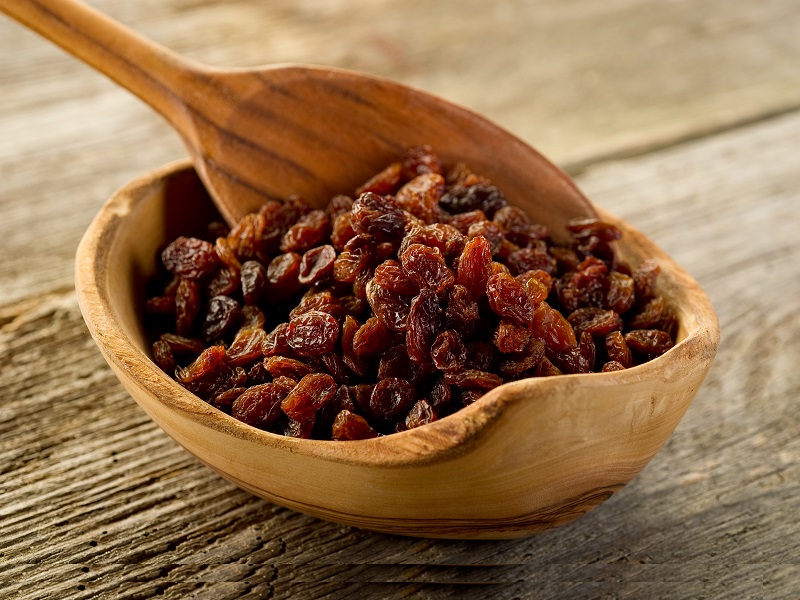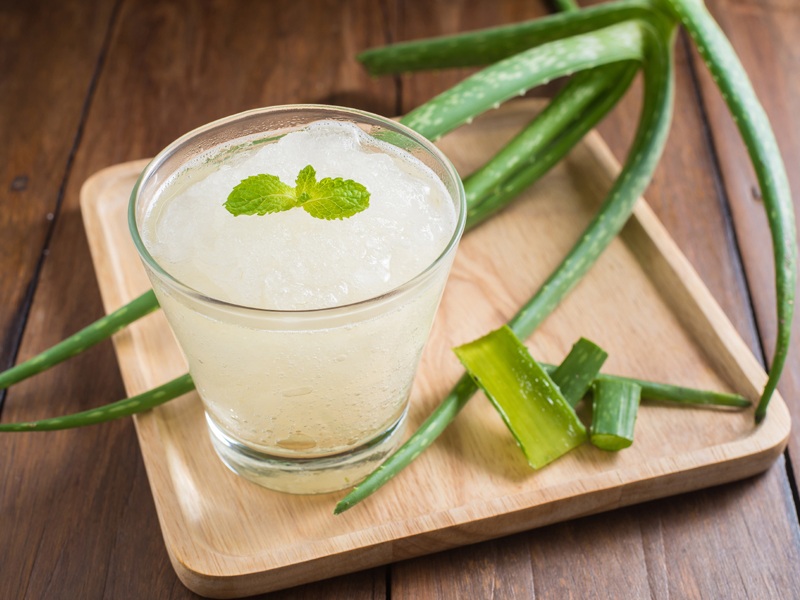If you have grown up eating home cooked food, you must be quite familiar with Taro root. A staple vegetable in most households, Taro root in Hindi is known as “Arbi”. It is also called “Chamagadda” in Telugu, “Chepankizhangu” in Tamil, “Kacchalo” in Punjabi. Taro root is widely cultivated in India but is said to have its origins in Malaysia. It is known for its nutty flavour and mildly sweet taste. Packed with carbohydrates, folate, iron, vitamins and minerals, Arbi vegetable is one of nature’s best gifts to mankind. Let’s take a closer look into the many taro root benefits to our health.

What Is Taro Root?
Taro root is the tuber stalk of the Taro plant, which has long, wide leaves. Also called “Elephant Ears”, these leaves are also quite edible and nutritious. Taro Scientific name is “Colocasia esculenta”. The tubers are believed to be poisonous in raw form due to the high amounts of oxalates. Indian Taro is a starchy root vegetable, which has brown outer skin and white pulp inside. It resembles a potato in taste and texture after cooking
Is Taro Healthy?
Taro is one of the healthiest foods available in the market. It is known to be gut-friendly due to the high amounts of dietary fibre. Taro also has a low GI and is recommended by the doctors for diabetic patients. It is rich in iron and folate, which helps in preventing anaemia and energy loss. Taro root is also known to prevent many types of deadly Cancers.
Taro Nutrition Facts:
Check out the nutritional value of Taro root in cooked form, per 132 gms of serving size:
- Total Calories: 187
- Dietary Fiber: 6.7 gm
- Vitamin E: 19 % of the DV
- Potassium: 18 % of the DV
- Copper: 13 % of the DV
- Vitamin C: 11 % of the DV
- Phosphorus: 10 % of the DV
- Magnesium: 10 % of the DV
How To Eat Taro Root?
Taro root should always be used after proper cooking. It is either boiled, roasted or steam cooked. Cooking taro is a time taking process. It is usually pressure cooked for saving time and effort. Taro is also used in making chips, where it is par-boiled and fried in hot oil for crispiness.
RELATED BEST 10 ON AMAZON:
| IMAGE | TITLE | TRENDS | SEE MORE |
|---|
 | Taro Fish Snack BBQ, Hot Chili, Spicy Thai Food No Fat High Protein (3 x 30 g.) by Thai Premium (Original Version) | 298.2 | MORE VIEW |
|---|
 | Orgain Organic Green Superfoods Powder, Berry - Antioxidants, 1 Billion Probiotics, Vegan, Dairy Free, Gluten Free, Koshe... | 102903 | MORE VIEW |
|---|
 | Lakanto Sugar Free Matcha Latte - Green Tea Powder with Shelf Stable Probiotics and Fiber, Sugar Free, Monk Fruit Sweetene... | 7872 | MORE VIEW |
|---|
 | BalanceFrom Multi-Function Dip Stand Dip Station Dip bar with Improved Structure Design, 500-Pound Capacity | 14550.8 | MORE VIEW |
|---|
 | Yishi Organic Instant Oatmeal, 11.3oz Bag (1 Pouch) Gluten Free, High Fiber, Zero Added Sugar, Vegan Hot Cereal - Taro Bub... | 123 | MORE VIEW |
|---|
 | TENS 7000 Digital TENS Unit With Accessories - TENS Unit Muscle Stimulator For Back Pain, General Pain Relief, Neck Pain, ... | 362278 | MORE VIEW |
|---|
 | READY to GROW 10 Colocasia Esculenta Elephant Ear Taro Poi Gabi Kalo Eddo Bulbs | 3933 | MORE VIEW |
|---|
 | Royo Dark Tarot Deck | 1377 | MORE VIEW |
|---|
 | TENS 7000 Digital TENS Unit With Accessories - TENS Unit Muscle Stimulator For Back Pain, General Pain Relief, Neck Pain, ... | 362278 | MORE VIEW |
|---|
 | OREO Original, OREO Golden, CHIPS AHOY! & Nutter Butter Cookie Snacks Variety Pack, Holiday Christmas Cookies, 56 Snack Pa... | 357172 | MORE VIEW |
|---|
 | Tapioca Pearl - Black Sugar Flavor (Ready in 5 Minutes) 8.8oz(250g) | 133808 | MORE VIEW |
|---|
 | Orgain Organic Green Superfoods Powder, Berry - Antioxidants, 1 Billion Probiotics, Vegan, Dairy Free, Gluten Free, Koshe... | 102903 | MORE VIEW |
|---|
 | PureChimp Matcha Green Tea Powder - 1.75 Ounces (50g) of Ceremonial Grade Japanese Matcha for Baking, Lattes and Smoothies... | 76752 | MORE VIEW |
|---|
 | Mucinex Chest Congestion Maximum Strength 12 Hour Extended Release Tablets Relieves Chest Congestion Caused by Excess Mucu... | 69283.2 | MORE VIEW |
|---|
 | MATCHA DNA Certified Organic Matcha Green Tea Powder (16 oz TIN CAN) | 51079.5 | MORE VIEW |
|---|
 | Pukka Organic Tea Bags, Support Selection Box Herbal Tea, Perfect for Feeling Strong, 45 Tea Bags | 36998.4 | MORE VIEW |
|---|
 | WuFuYuan - Tapioca Pearl Black 8.8 Oz / 250 G (Pack of 2) | 35852.4 | MORE VIEW |
|---|
 | Bigelow Benefits Stay Well Lemon and Echinacea Herbal Tea, Caffeine Free, 18 Count (Pack of 6), 108 Total Tea Bags | 34154.9 | MORE VIEW |
|---|
Tips: "Amazon, Amazon Prime, the Amazon logo and Amazon Prime logo are trademarks of Amazon.com, Inc. or its affiliates". AS AN AMAZON ASSOCIATE, WE EARN AFFILIATE COMMISSIONS FROM QUALIFYING PURCHASES.























